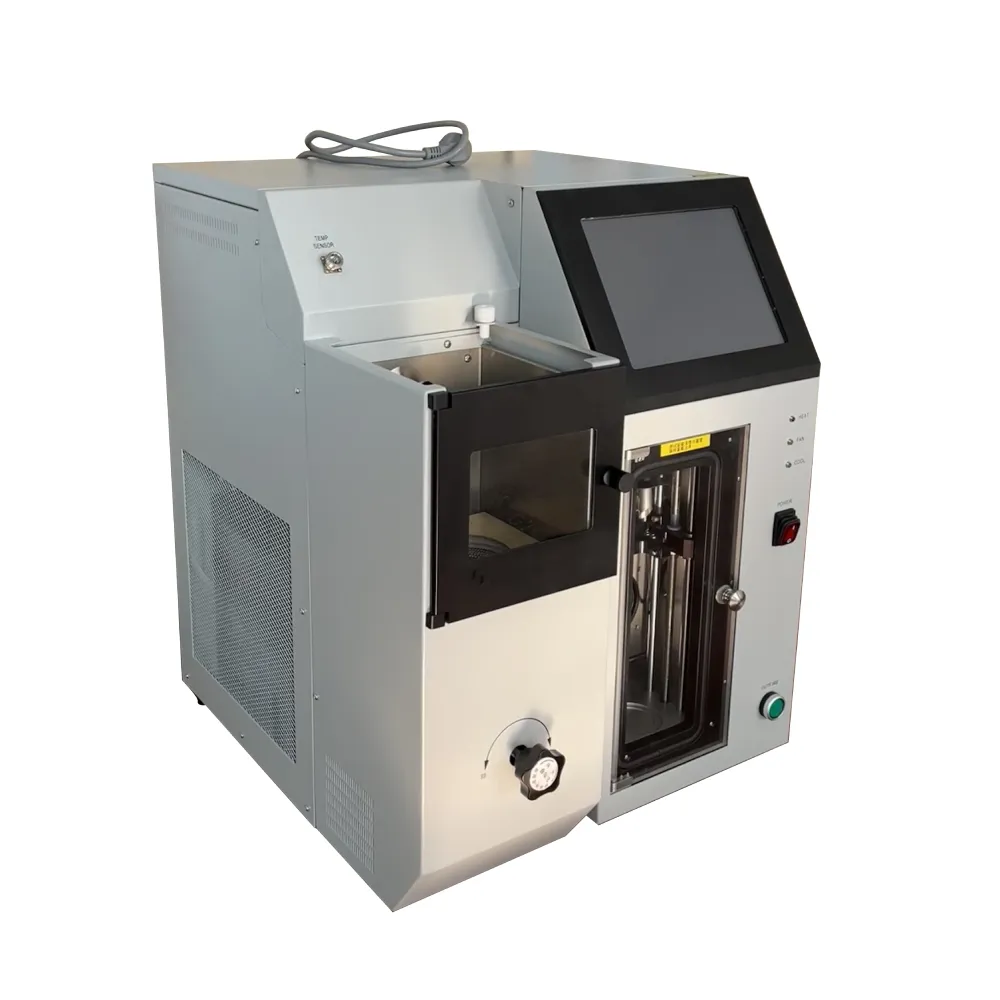 English
English



-
 Afrikaans
Afrikaans -
 Albanian
Albanian -
 Amharic
Amharic -
 Arabic
Arabic -
 Armenian
Armenian -
 Azerbaijani
Azerbaijani -
 Basque
Basque -
 Belarusian
Belarusian -
 Bengali
Bengali -
 Bosnian
Bosnian -
 Bulgarian
Bulgarian -
 Catalan
Catalan -
 Cebuano
Cebuano -
 China
China -
 China (Taiwan)
China (Taiwan) -
 Corsican
Corsican -
 Croatian
Croatian -
 Czech
Czech -
 Danish
Danish -
 Dutch
Dutch -
 English
English -
 Esperanto
Esperanto -
 Estonian
Estonian -
 Finnish
Finnish -
 French
French -
 Frisian
Frisian -
 Galician
Galician -
 Georgian
Georgian -
 German
German -
 Greek
Greek -
 Gujarati
Gujarati -
 Haitian Creole
Haitian Creole -
 hausa
hausa -
 hawaiian
hawaiian -
 Hebrew
Hebrew -
 Hindi
Hindi -
 Miao
Miao -
 Hungarian
Hungarian -
 Icelandic
Icelandic -
 igbo
igbo -
 Indonesian
Indonesian -
 irish
irish -
 Italian
Italian -
 Japanese
Japanese -
 Javanese
Javanese -
 Kannada
Kannada -
 kazakh
kazakh -
 Khmer
Khmer -
 Rwandese
Rwandese -
 Korean
Korean -
 Kurdish
Kurdish -
 Kyrgyz
Kyrgyz -
 Lao
Lao -
 Latin
Latin -
 Latvian
Latvian -
 Lithuanian
Lithuanian -
 Luxembourgish
Luxembourgish -
 Macedonian
Macedonian -
 Malgashi
Malgashi -
 Malay
Malay -
 Malayalam
Malayalam -
 Maltese
Maltese -
 Maori
Maori -
 Marathi
Marathi -
 Mongolian
Mongolian -
 Myanmar
Myanmar -
 Nepali
Nepali -
 Norwegian
Norwegian -
 Norwegian
Norwegian -
 Occitan
Occitan -
 Pashto
Pashto -
 Persian
Persian -
 Polish
Polish -
 Portuguese
Portuguese -
 Punjabi
Punjabi -
 Romanian
Romanian -
 Russian
Russian -
 Samoan
Samoan -
 Scottish Gaelic
Scottish Gaelic -
 Serbian
Serbian -
 Sesotho
Sesotho -
 Shona
Shona -
 Sindhi
Sindhi -
 Sinhala
Sinhala -
 Slovak
Slovak -
 Slovenian
Slovenian -
 Somali
Somali -
 Spanish
Spanish -
 Sundanese
Sundanese -
 Swahili
Swahili -
 Swedish
Swedish -
 Tagalog
Tagalog -
 Tajik
Tajik -
 Tamil
Tamil -
 Tatar
Tatar -
 Telugu
Telugu -
 Thai
Thai -
 Turkish
Turkish -
 Turkmen
Turkmen -
 Ukrainian
Ukrainian -
 Urdu
Urdu -
 Uighur
Uighur -
 Uzbek
Uzbek -
 Vietnamese
Vietnamese -
 Welsh
Welsh -
 Bantu
Bantu -
 Yiddish
Yiddish -
 Yoruba
Yoruba -
 Zulu
Zulu
Testing Methods for Potential Transformers in Electrical Systems and Equipment
Understanding Potential Transformer Testing
Potential transformers (PTs), also known as voltage transformers, play a critical role in power systems by reducing high voltages to manageable levels for metering, protection, and control. Due to the importance of accurate voltage representation, the testing of potential transformers is essential to ensure their reliability and performance. This article will explore the fundamental aspects of potential transformer testing, including the reasons for testing, common testing methods, and the significance of regular maintenance.
Reasons for Testing Potential Transformers
Potential transformers are integral to the operational integrity of electrical systems. Their primary function is to step down high voltage levels to lower values that can be easily observed and analyzed. Any malfunction or inaccuracy in a PT can lead to significant operational risks, including false readings, equipment failures, and ultimately, disruptions in the power supply.
Testing potential transformers helps to identify issues such as insulation breakdown, phase displacement, and ratio errors. It ensures that the transformer operates within specified limits and adheres to industry standards. Moreover, routine testing can help in predictive maintenance, minimizing unexpected failures and ensuring system reliability.
Common Testing Methods
Several methods can be employed to test potential transformers, each targeting specific performance aspects
1. Ratio Testing This test evaluates the transformation ratio of the potential transformer. A known primary voltage is applied, and the secondary voltage is measured. The ratio of these voltages should match the rated transformation ratio. Any deviation could indicate issues within the transformer.
potential transformer test

2. Insulation Resistance Testing Insulation resistance testing helps to assess the condition of the transformer's insulation system. High-voltage insulation can degrade over time, leading to failures. By applying a high voltage and measuring the insulation resistance, technicians can identify insulation weaknesses that might require remediation.
3. Phase Displacement Testing This test examines the phase difference between the primary and secondary voltages. For accurate metering applications, minimal phase displacement is essential. A common method involves using a power factor meter to ensure that phase angles remain consistent within allowed limits.
4. Burden Testing This is crucial for assessing the performance of potential transformers under load conditions. By applying the rated burden, technicians can observe how well the transformer maintains its voltage ratio and phase relationship. This testing helps ensure that the PT can operate effectively in real-world conditions.
5. Frequency Response Analysis This method involves applying different frequencies to the PT and analyzing the output. This helps to detect any resonance or frequency-dependent behavior that could affect performance.
Significance of Regular Maintenance
Regular testing and maintenance of potential transformers are crucial for optimal operation. Scheduled tests provide the data necessary to predict when a transformer may fail or need servicing. Furthermore, a program of regular maintenance can extend the lifespan of the transformers, ensuring that they continue to deliver accurate and reliable performance.
In conclusion, the testing of potential transformers is a vital process that underpins the safety and efficiency of electrical systems. By utilizing a variety of testing methods, technicians can ensure that PTs operate within specifications, making it possible to trust the readings they provide. The proactive approach of regular testing and maintenance not only mitigates risks but also promotes a stable and resilient power grid, essential for today's demanding electrical environments.
-
Ensuring Transformer Reliability with High-Precision Turns Ratio TestingNewsJul.18,2025
-
Ensuring SF₆ Gas Safety: Introducing PUSH’s Integrated SF₆ Analyzer for Dew Point, Purity, and Decomposition MonitoringNewsJul.10,2025
-
Exploring the Main Types of Industrial Endoscopes and Their Applications Across IndustriesNewsJul.04,2025
-
Testing Equipment Industry Sees Major Advancements in 2025: Smart & Precision Technologies Lead the WayNewsJun.06,2025
-
Applications of Direct Current Generators in Renewable Energy SystemsNewsJun.05,2025
-
Hipot Tester Calibration and Accuracy GuidelinesNewsJun.05,2025



